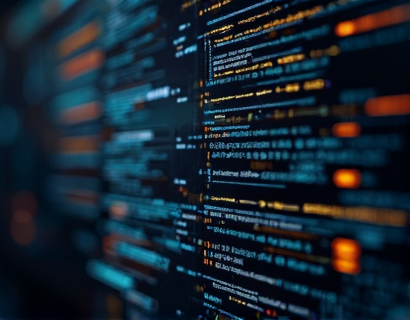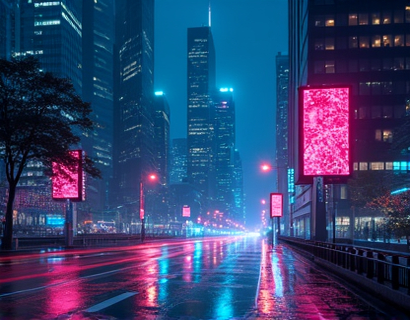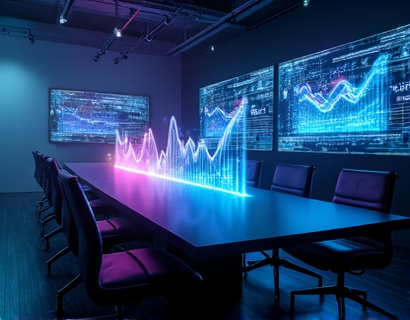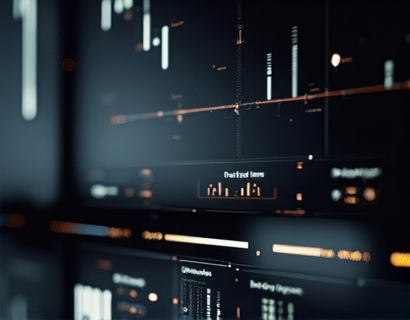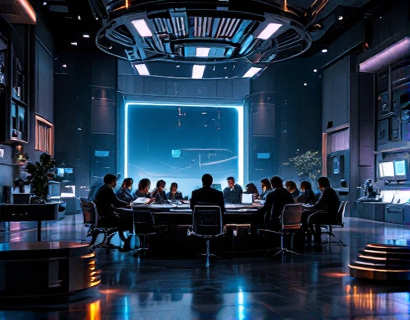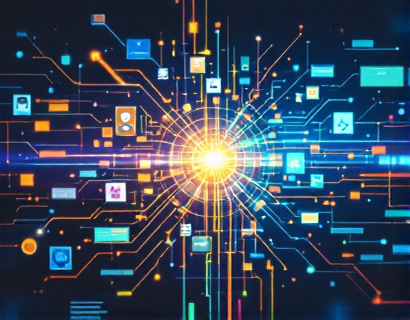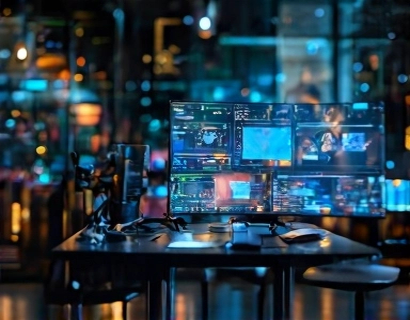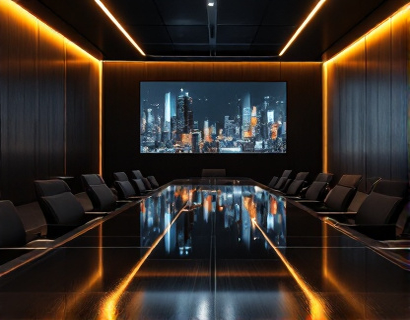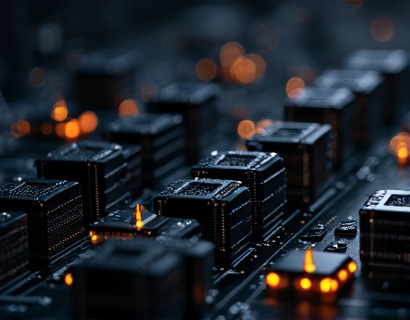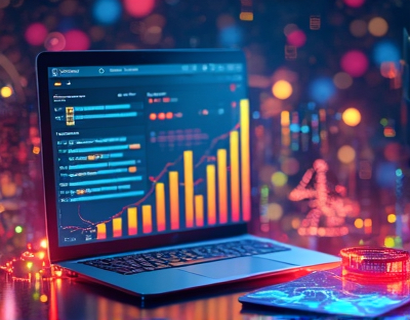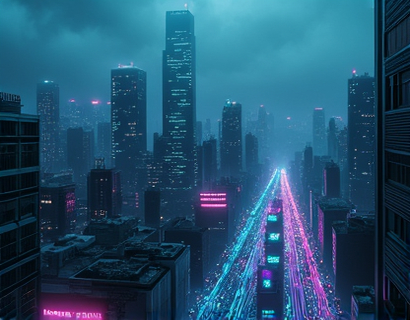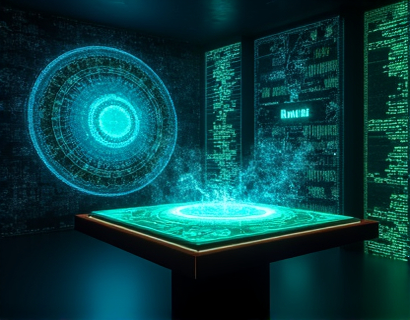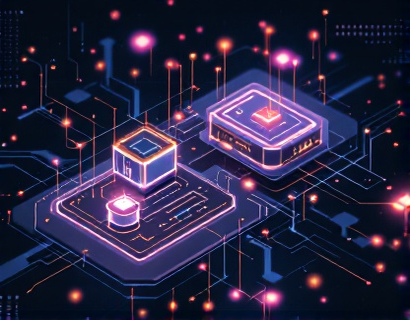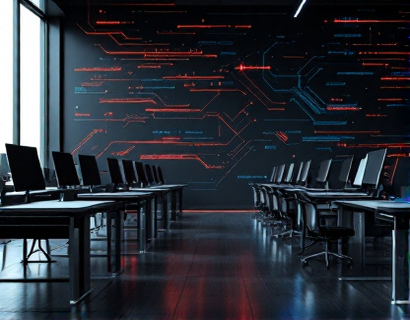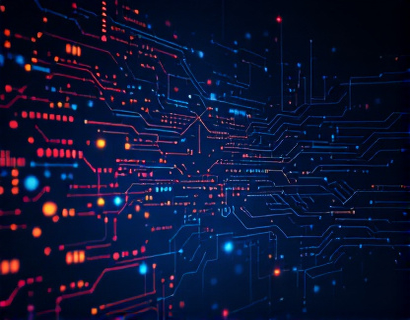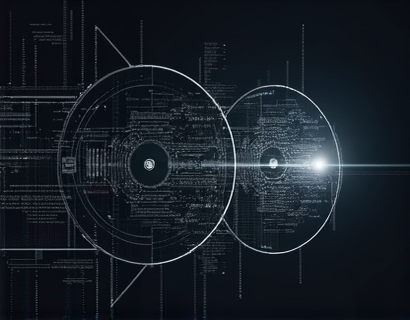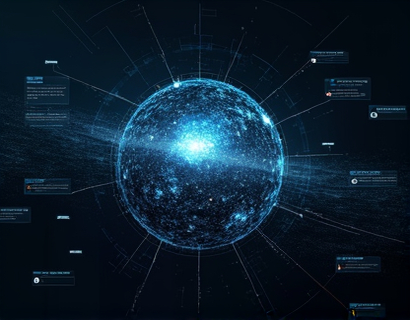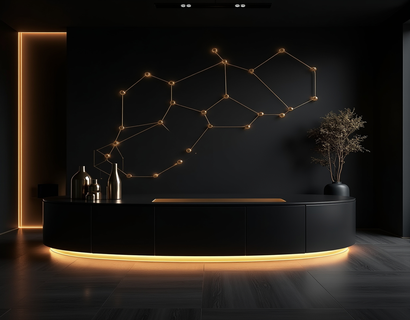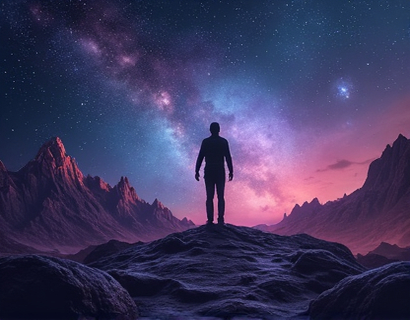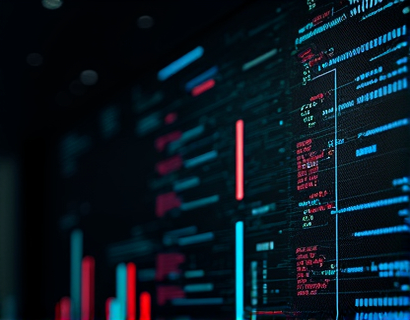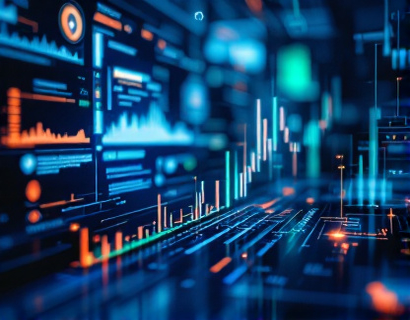AI-Powered Graphic Design: Revolutionizing Visual Creation for Everyone
The landscape of graphic design is undergoing a transformative shift with the advent of AI-powered tools. These innovative online platforms are leveraging the power of artificial intelligence to simplify the process of creating professional-quality visuals. No longer confined to professionals with extensive design skills, advanced graphic design is now within reach for anyone, from casual users to small business owners. This shift is not just about democratizing design tools; it's about enhancing the overall visual content creation process, making it faster, more efficient, and accessible to a broader audience.
Understanding AI in Graphic Design
AI in graphic design operates by analyzing vast datasets of design elements, styles, and trends to generate visually appealing and contextually relevant graphics. These tools use machine learning algorithms to understand user inputs and preferences, adapting the design process to produce results that align with the user's vision. The integration of AI in graphic design is not about replacing human creativity but augmenting it, allowing designers to focus more on strategic and creative aspects while the AI handles the technical and repetitive tasks.
Key Features of AI-Powered Design Tools
These advanced online tools come equipped with a range of features designed to streamline the design process. One of the most significant advantages is the ability to generate designs based on text inputs or simple drag-and-drop interfaces. Users can describe the type of graphic they need, such as a social media post or a business card, and the AI generates multiple design options within seconds. This instant feedback loop significantly reduces the time and effort required to create high-quality visuals.
Another key feature is the customization option. While the AI generates initial designs, users can easily modify colors, fonts, and layouts to match their brand or personal style. This flexibility ensures that the final product is uniquely tailored to the user's needs. Additionally, many of these tools offer a library of assets, including icons, illustrations, and templates, which can be seamlessly integrated into the design process, further saving time and effort.
Accessibility and User-Friendliness
One of the most significant benefits of AI-powered graphic design tools is their user-friendliness. These platforms are designed to be intuitive, requiring no prior design experience. Users can create professional-looking graphics with just a few clicks, making it an ideal solution for those who may not have the time or skills to learn complex design software. This accessibility extends to various user groups, including small business owners, social media managers, content creators, and even educators who need visual content for their courses or presentations.
The ease of use also means that hobbyists and creative enthusiasts can explore their artistic side without the barrier of expensive software or steep learning curves. Whether it's designing a logo for a community project or creating engaging content for a personal blog, these tools make it possible for anyone to produce high-quality visuals.
Enhancing Creativity and Efficiency
AI-powered design tools not only save time but also enhance the creative process. By automating repetitive tasks, designers can focus more on the creative aspects of their work. This shift allows for more experimentation and innovation, as the AI handles the foundational elements of design. Users can explore different styles and combinations quickly, leading to more diverse and creative outcomes.
Moreover, the efficiency gained from using these tools translates into cost savings. For small businesses and freelancers, the reduction in design time means more projects can be completed in less time, increasing productivity and potentially leading to more clients. The ability to produce high-quality visuals quickly also means that businesses can respond faster to market trends and customer needs, staying competitive in a fast-paced environment.
Applications Across Various Industries
The versatility of AI-powered graphic design tools makes them applicable across a wide range of industries and use cases. In marketing, these tools can help create eye-catching ads, social media posts, and email campaigns that resonate with target audiences. For e-commerce businesses, generating high-quality product images and shop layouts becomes effortless, enhancing the online shopping experience.
In the realm of education, teachers and educators can use these tools to create engaging lesson materials, infographics, and presentations that capture students' attention. Non-profit organizations can leverage these platforms to produce impactful fundraising materials and promotional content, amplifying their reach and effectiveness. Even creative hobbyists can use these tools to bring their ideas to life, whether it's designing artwork, crafting invitations, or creating digital scrapbooks.
Case Studies and Real-World Impact
To better understand the impact of AI-powered graphic design tools, let's look at a few real-world examples. A small marketing agency, for instance, used an AI design tool to revamp their client portfolio. Within weeks, they were able to produce a series of compelling marketing materials that impressed clients and led to new business opportunities. The agency reported a significant increase in project completion speed and client satisfaction.
Another example is a freelance graphic designer who incorporated an AI design tool into their workflow. The designer noted a 50% reduction in design time, allowing them to take on more projects and expand their client base. The tool's ability to generate multiple design options also helped in presenting diverse ideas to clients, leading to more successful collaborations.
In the educational sector, a university used AI-powered design tools to create interactive and visually engaging course materials. Students reported higher engagement and better retention of information, attributing this to the visually appealing and well-structured content. The university saw an improvement in student satisfaction and overall course outcomes.
Challenges and Considerations
While AI-powered graphic design tools offer numerous benefits, there are also challenges and considerations to keep in mind. One potential issue is the quality of the generated designs. While AI has made significant strides, there are still instances where human oversight is necessary to ensure the design meets specific brand guidelines or complex design requirements. Users should be prepared to review and refine the AI-generated designs to ensure they align with their vision.
Another consideration is the learning curve associated with adopting new technology. Although these tools are designed to be user-friendly, some users may still require a brief learning period to fully leverage their capabilities. Providing comprehensive tutorials and support resources can help mitigate this challenge.
Privacy and data security are also important factors. Users should choose platforms that prioritize data protection and comply with relevant regulations. Understanding how the tool handles user data and ensuring that sensitive information is secure is crucial, especially for businesses and professionals dealing with confidential materials.
Future Trends in AI-Powered Graphic Design
The future of AI-powered graphic design looks promising, with ongoing advancements expected to further enhance the user experience. One area of development is the integration of more sophisticated AI algorithms that can better understand context and user intent, leading to even more accurate and personalized design suggestions. The incorporation of augmented reality (AR) and virtual reality (VR) elements into design tools could also open up new possibilities for immersive and interactive visual content.
Another trend is the increased focus on collaboration and community. Platforms may start to incorporate features that allow users to share and collaborate on designs in real-time, fostering a more collaborative design ecosystem. This could lead to a richer exchange of ideas and more innovative outcomes.
Additionally, the integration of natural language processing (NLP) could make the design process even more intuitive. Users could describe their design concepts in natural language, and the AI would interpret and generate designs accordingly, further reducing the need for technical expertise.
Conclusion
AI-powered graphic design tools are revolutionizing the way we create visual content. By making advanced design capabilities accessible to everyone, these tools are breaking down barriers and democratizing the design process. Whether you're a seasoned designer, a small business owner, or a creative hobbyist, these tools offer a powerful way to bring your visual ideas to life with ease and efficiency. As the technology continues to evolve, the potential for innovation and creativity in graphic design is bound to grow, making it an exciting time for designers and users alike.



